| An Exhibition of Fine Works of Seal Engraving Art was held in the Cultural Center of the World Expo in Shanghai in mid-August. The exhibition was organized by the Chinese Academy of Seal Engraving of the Chinese Academy of Arts.
The art of Chinese seal engraving made UNESCO's Representative List of the Intangible Cultural Heritage of Humanity on September 30, 2009.
The exhibition traced the history of seal engraving in China. Ancient seals used more than 3,000 years ago were on display along with the masterpieces of famous engravers belonging to different schools of art from Ming (1368-1644) and Qing (1644-1911) dynasties. More than 100 seals carved by contemporary engravers and stamps and telephone cards bearing seal patterns were also on display.
The exhibition was divided into six sections. The first section was on ancient seals—seals used from the Qin Dynasty (221-206 B.C.) to the Qing Dynasty. The second section showcased different schools of seal engraving art during Ming and Qing dynasties, when seal engraving art was mature and prosperous. The third section exhibited modern seal engraving art. About 100 seals carved by renowned contemporary artists representing different age groups were exhibited. The fourth section demonstrated the application of seal engraving art in modern life and artists' exploration of the art's future. The fifth section displayed raw materials for the carving of seals and decorated knobs protruding from seals, which allow them to be strung on a cord. The sixth section featured collections of impressions of seals by famous seal engravers and tools used to carve seals.
A highlight of the exhibition is the works combining seal engraving art with modern life. Seal patterns have been engraved or imprinted on teapots, telephone cards, ancient music instruments and even satellites.
From its inception, seals have been used to stamp official documents, private correspondence and paintings, and some seals and their impressions have been collected as art. As time goes on, seals have become more like artifacts than objects for daily use. The exhibition also prompted people to think about how to expand seal engraving art in the future.
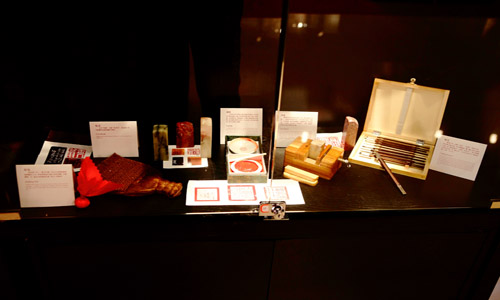 |
|
Seal engraving tools |
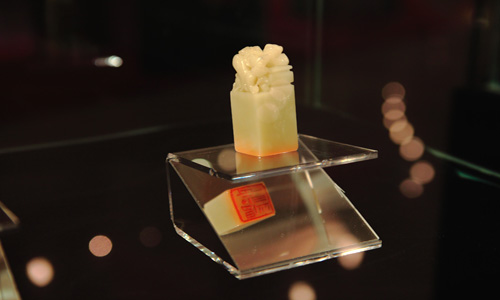 |
|
A modern seals |
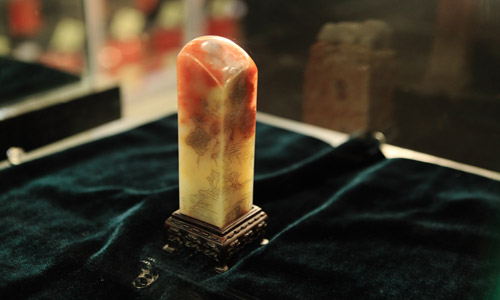 |
|
A seal stone |
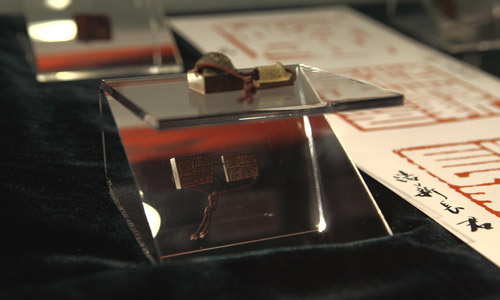 |
|
Ancient Chinese seals and impressions |
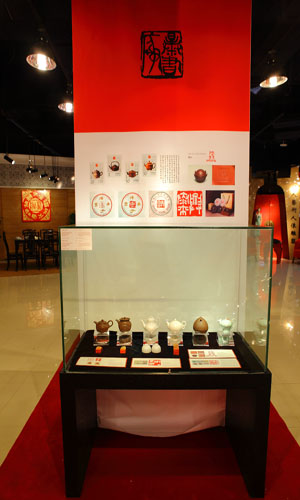 |
|
Modern objects integrated with the seal engraving art |
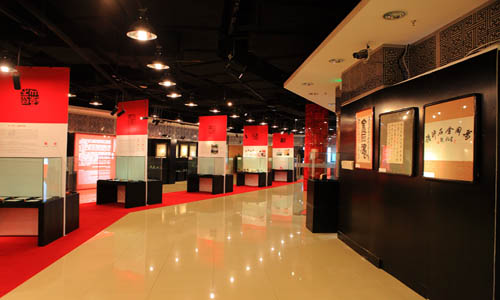 |
|
Works on display |
(Photos for the exhibition are provided by the Chinese Academy of Seal Engraving) | 